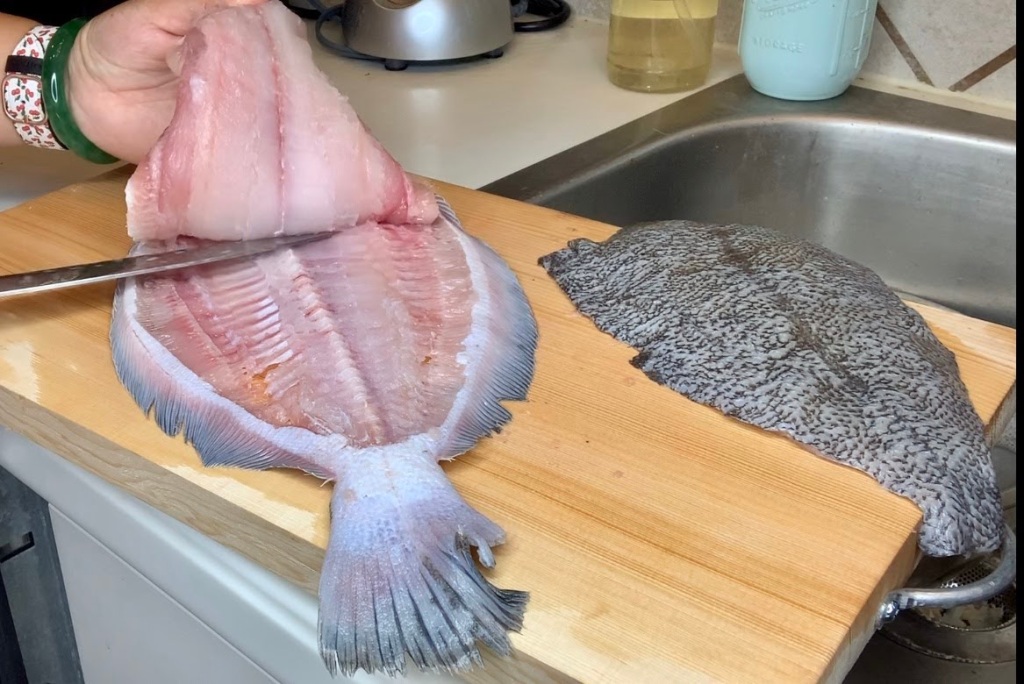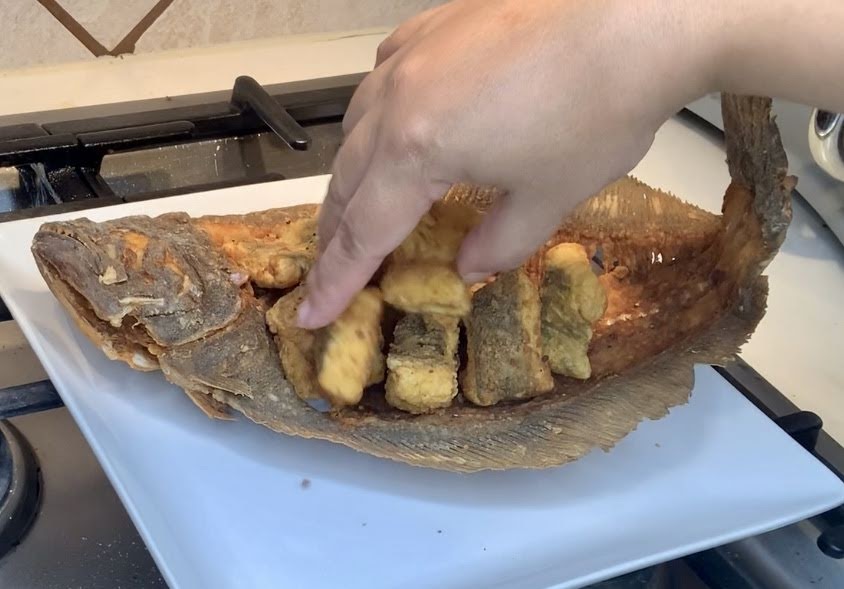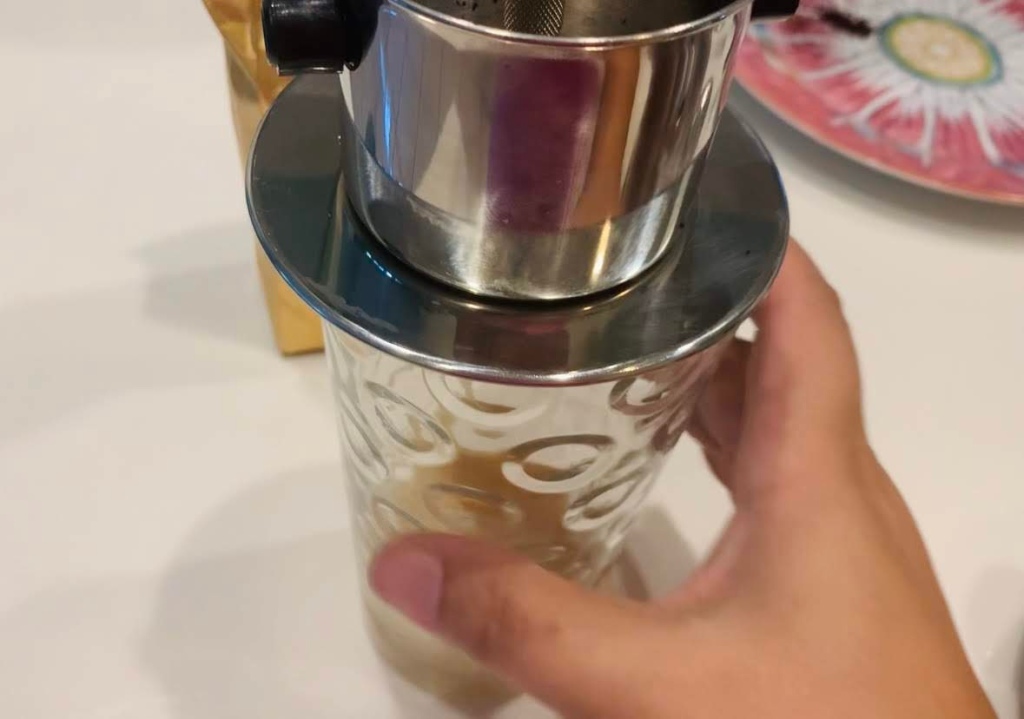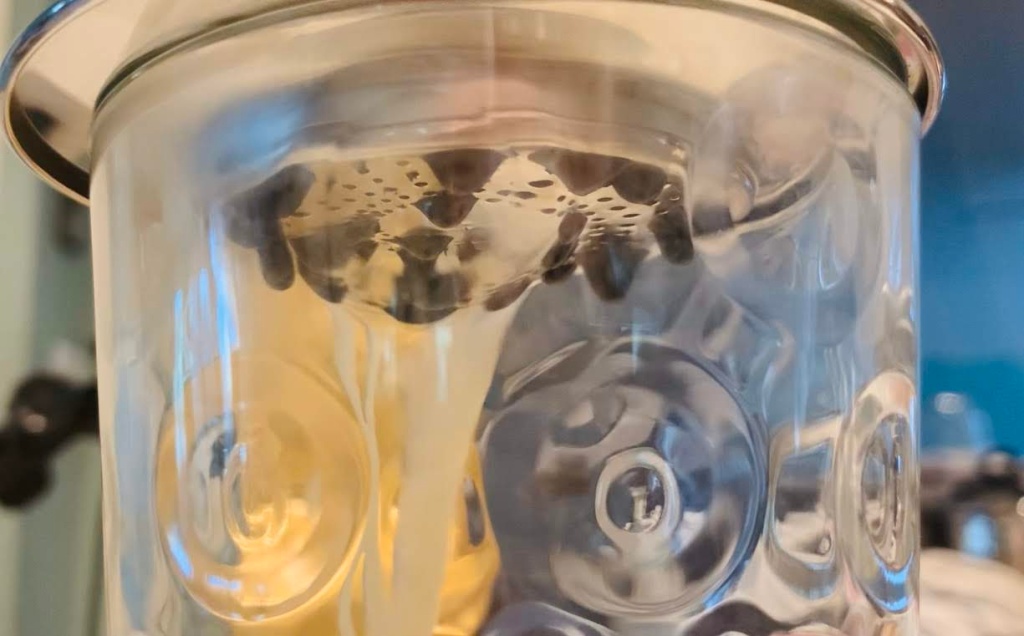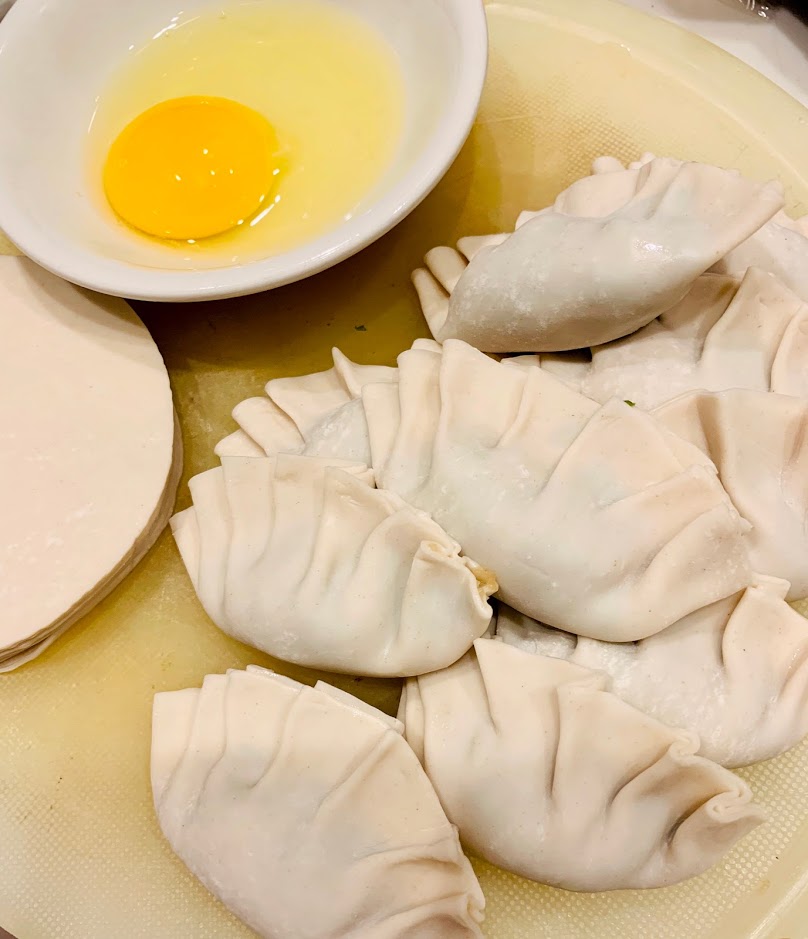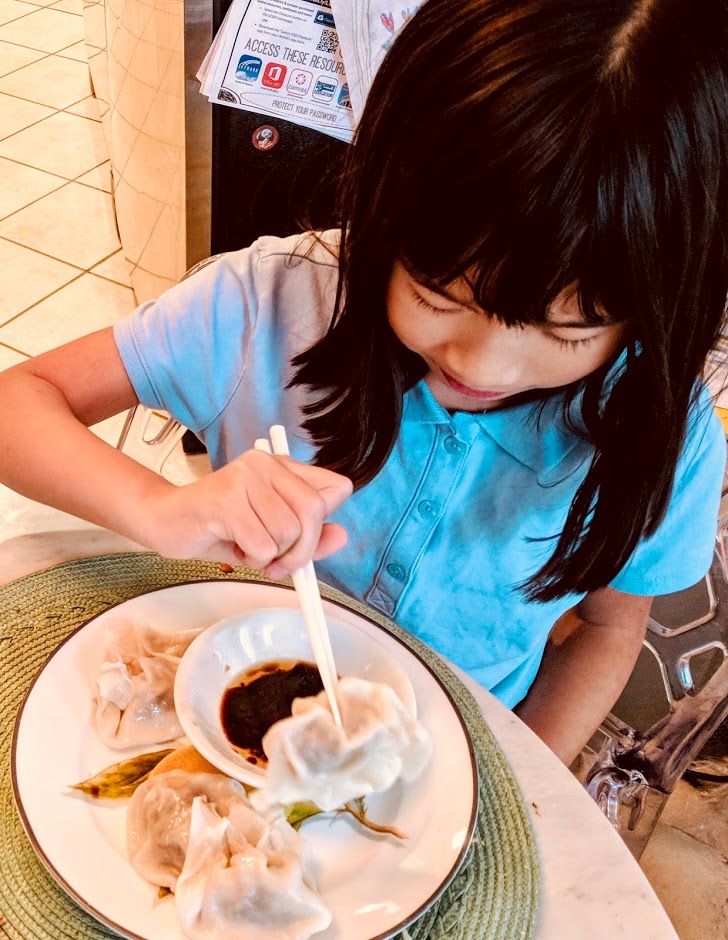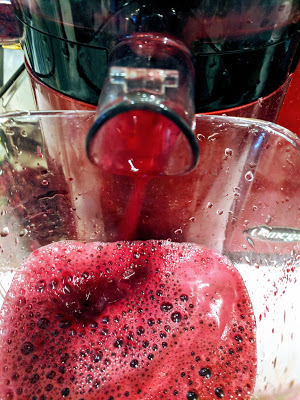
Y’all, I have a serious addiction to fried chicken, and since the start of this crazy COVID-19 situation, staying at home has only given me more time to obsess about fried chicken and experiment with different ways to make my next “fix” better! Needless to say, putting on the “Quarantine 15” is a real thing! But I’ll work that off later… In the meantime, I’m going to enjoy fried chicken to my heart’s desire and show you how to make this delectably crispy and juicy goodness, too!
After many failed attempts to come up with a fried chicken recipe that embodied both a shatteringly crispy coating yet maintained a juicy sweet meat inside, I think this recipe is the one! The secret to a super crispy coating is adding cornstarch to the flour and drying out the coating before frying, while marinating overnight in buttermilk keeps the chicken meat juicy. Much of the success with making great fried chicken lies not so much in the ingredients, but instead in getting the technique right.
Many fried chicken aficionados swear by using a cast iron skillet to fry the chicken in and using a meat thermometer to gauge when the chicken is done, but since I own neither, I used a small inexpensive deep fryer with excellent results. Honestly meat thermometers intimidate me, or rather, maybe I’m just too lazy to pull one out and use it. If you own a deep-sided cast iron skillet and/or a meat thermometer, then more power to you! My deep fryer has a thermometer already built into it, like most do. This keeps the guesswork minimal for me, which is always a good thing. If you are using a cast iron skillet, be sure to keep your frying oil heated to 350 degrees Fahrenheit, and remember that each time you remove a cooked piece of chicken to replace it with a fresh piece, the temperature of the oil will lower. In terms of oil, which oil is best to use? I remember growing up in Tennessee, my mom used vegetable shortening and sometimes lard. When I fry chicken today, I prefer vegetable oil or peanut oil for their high smoke points and neutral taste.
As for technique, I found that brining the chicken for at least 5 hours or overnight in a salted buttermilk brine will make the chicken really juicy. The enzymes and acids in the buttermilk help break down the proteins in the chicken meat, allowing it to become more tender. The buttermilk also lends a nice and very slight tangy flavor to the meat. When it’s time to dredge the chicken pieces in flour, I use a paper bag to evenly coat each piece of chicken generously and completely. You can use a plastic grocery bag or gallon-size Ziplock bag, as well. For the crispy chicken coating, it is crucial to add cornstarch to the all-purpose flour. This ingredient is non-negotiable. After the dredging of each chicken piece is complete, lay the chicken pieces on a wire cookie rack to dry for about 15 minutes, so that the flour mixture adheres to the buttermilk and stays on the chicken when it enters the hot oil. I learned this after making many batches of fried chicken where the flour fell off the chicken and straight into the bottom of the deep fryer. The last requirement for crispy chicken is to keep the temperature at a fairly consistent 350 degrees F throughout the entire cooking time. I like heating up my cooking oil to 365 degrees F initially, add in the chicken, and then immediately lower the temperature to 350 degrees. Each time you remove the cooked chicken from the grease and add in new uncooked pieces, this lowers the oil temperature slightly and you must adjust the temperature accordingly with each new batch. Another piece of advice for crispy chicken is to not overcrowd the chicken in the fryer/ frying pan. My deep fryer will only comfortably fit 3 drumsticks, so that is all I can fry in one batch. While cooking the other batches, you can rest the already cooked chicken on a cooling rack to drain off the excess oil. This will keep your fried chicken crispy until serving. For drumsticks, it takes about 13-14 minutes to finish cooking. White meat usually takes less time, and thighs take slightly longer. Just make sure that when you make a small incision into the thickest part of the meat, the juices run clear. If you have a meat thermometer, make sure the cooked meat registers between 165 and 175 degrees F.
So now that I’ve shared with you all my fried chicken secrets, I hope you will try my recipe. You will be hooked! Just don’t come looking for me when you can no longer pull the zipper up on your pants (I’m still trying to figure out that one myself!).
** Disclaimer: Please note that the highlighted links in this post are affiliate links, in which I will earn a small commission (at no additional cost to you) if you purchase through those links. I have purchased all the products I recommend with my own funds and have tested and used each product before I post. Please know that I only recommend products that I like and trust and genuinely believe would help my audience. Thank you for your support of my blog in this way!
Crispy Juicy Fried Chicken “Crack”
-Serves 6
Useful Equipment:
- Deep Fryer with Thermometer (I use this Cuisinart Deep Fryer)
- Wire Cookie Cooling Rack
- Metal Tongs
- Meat thermometer (only if you are using a cast iron skillet)
- Large mixing bowl
Ingredients:
- 4 to 5 pounds of chicken, cut into pieces (I used 10 drumsticks and 6 wings)
- For the Buttermilk Brine:
- 4 cups full fat buttermilk (32 oz.)
- 1/2 cup hot sauce (I use Louisiana Hot Sauce –don’t worry, this won’t make your chicken spicy, it just adds incredible flavor!)
- 2 tablespoons Kosher salt
- 1 teaspoon ground black pepper
- 1 tablespoon garlic powder
- For the Chicken Dredging Mixture:
- 4 cups all-purpose flour
- 1 cup cornstarch
- 1 tablespoon Kosher salt
- 1 tablespoon Lowry’s Seasoned Salt
- 2 teaspoons garlic powder
- 1 tablespoon paprika
- 1 teaspoon black pepper
- 1 teaspoon dried oregano
- 1 teaspoon dried basil
- 1 teaspoon cayenne pepper
- Vegetable or Peanut Oil for frying (need enough to fill the deep fryer to the “MAX” line, or halfway up the cast iron pan)
Instructions:
1. Whisk together all the buttermilk brine ingredients in a large bowl. Add the chicken and coat each piece thoroughly in the buttermilk mixture. Cover the bowl with plastic wrap and place in the fridge for 5 hours to overnight.

2. After marinating, bring the bowl of chicken out and set on countertop. Fill the deep fryer or skillet with the cooking oil. Heat oil to 365 degrees F.
3. Prepare the dredging mixture by combining the flour, cornstarch, and spices into a sturdy brown paper bag or resealable plastic bag. Shake vigorously to mix all ingredients.
4. Remove chicken one piece at a time from the buttermilk mixture and add each chicken piece individually to the bag of flour mixture. Shake the bag to coat the chicken thoroughly, pressing the chicken into the dredging mixture to get a good coating of flour. Tap off the excess flour.

5. After the dredging step, place each piece of coated chicken onto the cookie cooling rack. Make sure there is a cookie tray underneath the wire cooling rack to catch any chicken juices or flour. Allow the chicken to rest on the cooling rack for about 10 to 15 minutes until the flour mixture coating the chicken forms a paste-like consistency. This is crucial for developing a crunchy chicken skin!


6. Carefully place the coated chicken into the 365 degree oil and lower the temperature to 350 degrees. Do not overcrowd the fryer and only fry 3 pieces at a time. Fry the chicken for about 14 minutes, keeping in mind that white meat cooks a little faster than dark meat. Turn each piece of chicken over in the oil every 3 minutes. The chicken should take on a nice golden brown color. If you have a meat thermometer, the inside should reach a temperature of at least 165 degrees F. If you don’t have a meat thermometer, you can make a small cut into the thickest part of the chicken piece and see if the juices run out clear. If not, fry the chicken for a few more minutes.

7. Place the cooked chicken on a clean wire rack to cool and let sit for 5 to 10 minutes before serving. This will allow the chicken to become extra juicy! If you have a large amount of chicken to fry, you can warm up any cooled chicken pieces in a 350 degree oven until warm and crispy. Serve with your favorite sides!


If you have a favorite way to fry chicken, please share! I’m always open to learning new recipes and techniques. Until next time, please stay safe and enjoy creating new dishes!



























































































